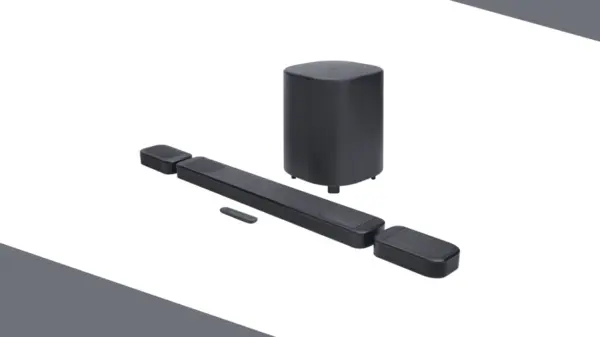In the culinary world, certain techniques can transform a simple dish into a gourmet experience. One such technique, often seen in high-end restaurants, is the citrus supreme. This method, while seemingly complex, is accessible to home cooks with the right guidance. Chef Dennis Littley, a culinary expert, demystifies the process, explaining, “It’s a technique where you remove the skin, pith, and membrane from citrus segments, leaving you with clean slices of fruit.”
The citrus supreme technique not only enhances the visual appeal of dishes but also reduces the bitterness often associated with citrus fruits. As Littley notes, “To supreme citrus, you really only need a sharp paring knife and a steady hand.” This simple yet effective method can elevate a variety of dishes, from salads to desserts.
The Art of Supreming Citrus
Supreming citrus involves a few straightforward steps. Begin by ensuring your paring knife is sharp, as a dull blade can complicate the process. “Slice off the top and bottom of the fruit so it sits flat,” advises Littley. “Then carefully trim off the peel and white pith by following the curve of the fruit. From there, cut between the membranes to release each segment.”
This technique might sound daunting, but it is manageable with practice. The result is juicy, membrane-free citrus segments that can add both flavor and elegance to your culinary creations.
Applications in Culinary Arts
According to Littley, “As a chef, ‘citrus supreme’ is one of those small touches that instantly elevates a dish.” In fine dining, citrus supreme is often used in salads, ceviches, and desserts, or as a garnish on rich meats like duck breast. The technique refines the texture and presentation of dishes, making them more appealing to the eye and palate.
For home cooks, mastering this technique can be a way to impress guests or enhance a special meal. While a dish like duck breast might be ambitious for some, adding citrus supreme to a salad is a simple yet effective way to elevate the dish.
Choosing the Right Citrus
When starting out, it’s best to practice with larger citrus fruits. “Oranges and grapefruits are ideal for supreming because of their structure and size,” suggests Littley. Smaller fruits like limes or mandarins can be more challenging due to their size and tendency to lose shape.
Once you’ve mastered the technique, don’t discard the remnants. The leftover peels and membranes can be repurposed for garnishes or transformed into marmalade and citrus candy, ensuring nothing goes to waste.
Conclusion: Bringing Gourmet Techniques Home
The citrus supreme technique is a testament to how simple methods can significantly enhance culinary presentations. By incorporating this technique into your cooking repertoire, you can bring a touch of gourmet flair to your home kitchen. Whether you’re hosting a dinner party or preparing a special meal, mastering the art of citrus supreming can make all the difference.
As Chef Littley emphasizes, “It’s all about refining texture and presentation.” With practice and a sharp knife, anyone can achieve professional-level results and add a burst of citrus elegance to their dishes.






































































